Super-domestiques: Five unsung heroes of the Tour de France
We take a look at five riders who have delivered for their team leaders at the 2016 Tour de France
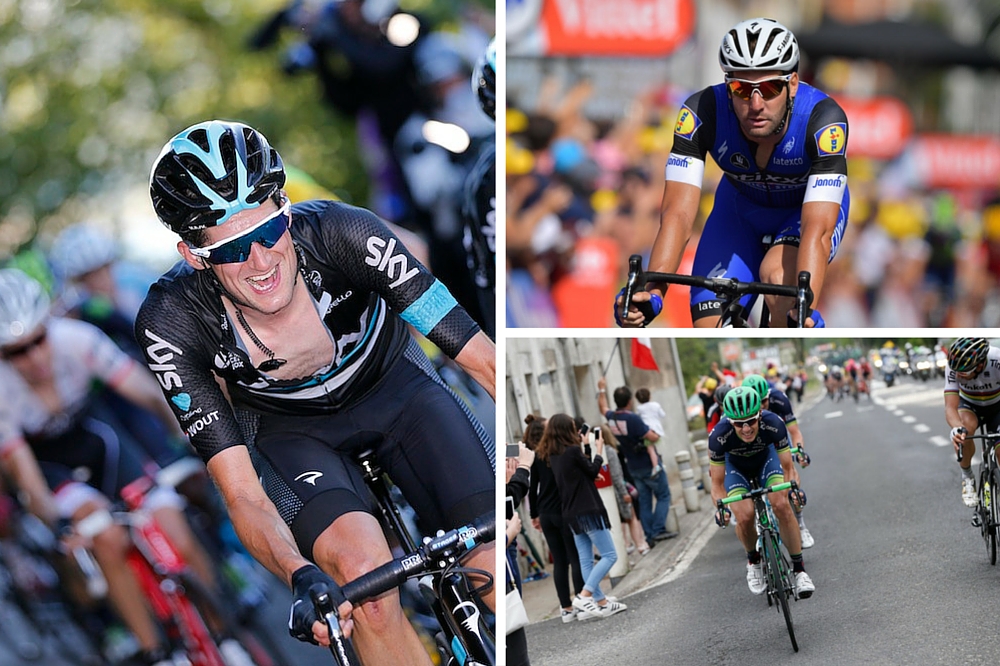
Wout Poels
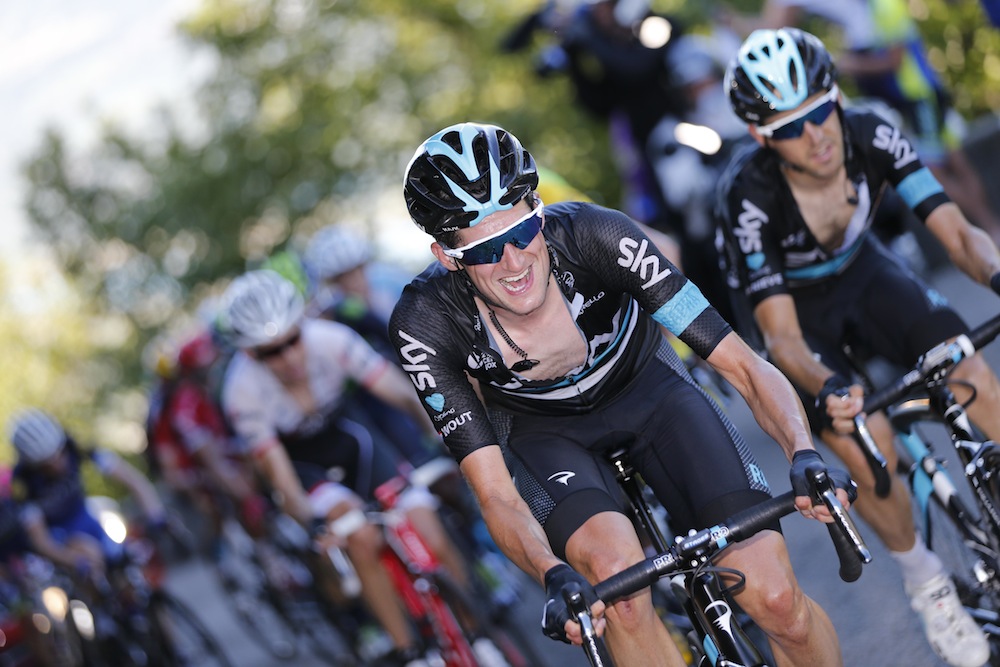
It’s fair to say that if Wout Poels rode for another team and gone into the Tour de France as a GC rider, he’d probably one of Chris Froome’s most feared rivals.
Instead, however, he’s been his most valuable ally. After a slow start, Poels have emerged as Sky’s strongest domestique in the mountains, providing a wheel for Froome to follow up the race’s most difficult climbs, and setting such a relentless tempo that has effectively neutralised the race.
>>> Dave Brailsford: Other teams haven’t brought their ‘A game’ to the Tour de France
Whenever there has been an attack in the mountains, the Dutchman has either maintained his pace to gradually reel it back in, or latched onto the attacker’s wheel with seemingly little extra effort,
On some occasions it’s even looked as though Sky have underestimated his strength. On stage fifteen’s final ascent of the Grand Colombier he took to the front early on with Mikel Nieve next in line, but ended up riding at the front all the way to its peak without needing to swing aside and let Nieve take his turn.
His victory at Liège-Bastogne-Liège in the spring made him a star it his own right, but it’s extremely impressive just how willing Poels still is to ride in the service of another.
Geraint Thomas
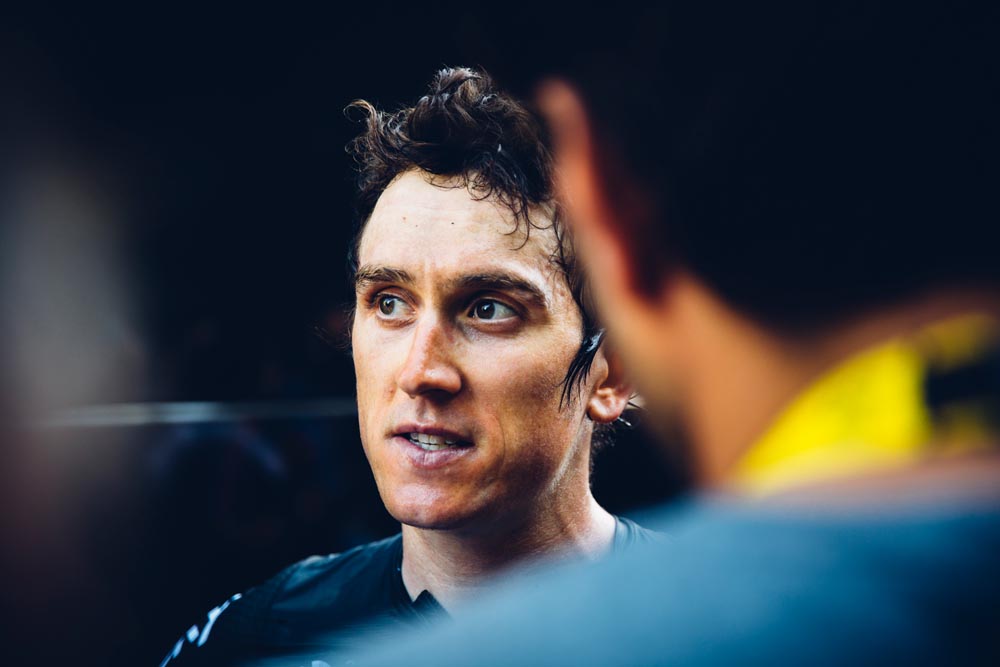
Geraint Thomas. Photo by Daniel Gould
In truth a list of the best domestiques could be made up exclusively of Sky riders, who have all ridden outstandingly to defend Chris Froome’s yellow jersey.
The latest race content, interviews, features, reviews and expert buying guides, direct to your inbox!
Aside from the aforementioned Poels, there’s been Ian Stannard and Luke Rowe’s shepherding in the hazardous early flat stages, Vasil Kiryienka and Mikel Landa’s less-widely seen efforts setting the pace in the early kilometres of mountain stages, and Sergio Henao and Mikel Nieve’s support on the key climbs.
But it’s Geraint Thomas who has aided Froome across all terrain, using his all-round skill to guide his leader up mountains, down descents and through the peloton whenever the race has gotten nervy.
>>> Why didn’t the Mavic neutral service car help Geraint Thomas on Tour de France stage 15?
His best moment came towards the end of stage eleven when, seeing Froome respond to an attack from Peter Sagan in a crosswind, he put in an almighty effort to bridge up to his leader, and subsequently helped him put distance into the peloton and gain crucial seconds.
He may not quite be in as good a form as last year, where he spent almost the entire race riding beside Froome and in the top ten on GC, but Thomas remain everything anyone could want from a domestique.
Tony Martin
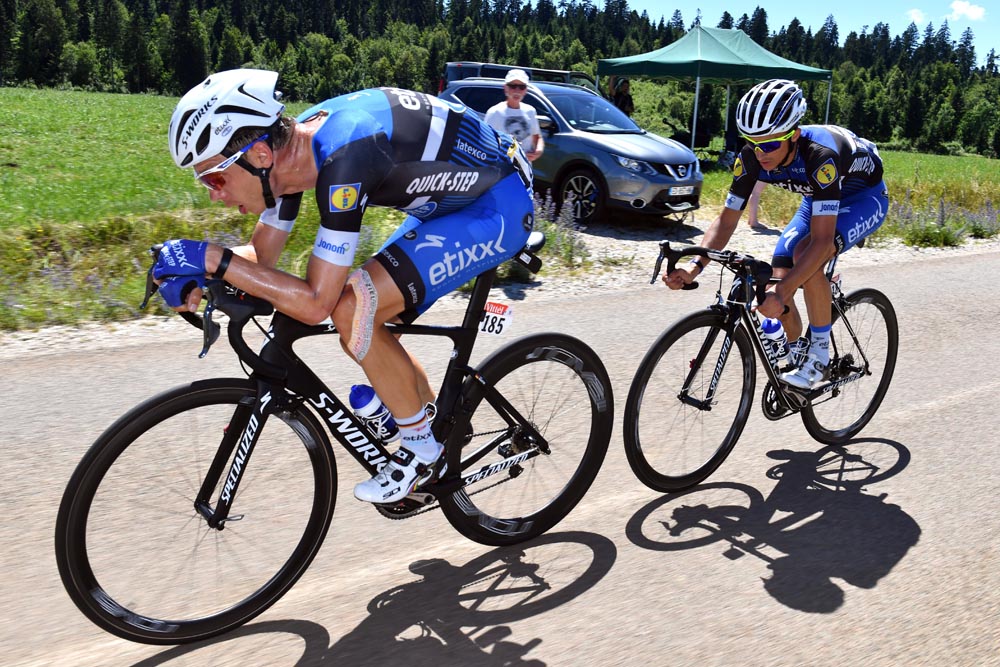
The sight of Tony Martin stringing out the bunch with his diesel-engine turns at the front is a familiar one, and, though he has yet to claim his usual stage win, this year he’s been as useful a domestique as ever.
His Etixx-Quick Step team leader Marcel Kittel may only have claimed one win so far this Tour, but Martin has continued to fill his role in the lead-up to bunch sprints with aplomb playing a key part in controlling the lead-out.
The day that really summarised Martin’s exemplary team spirit was stage 16 however. That day he got into a two-man break with teammate Julian Alaphilippe, and did the vast majority of the work as the pair held off the bunch.
Ultimately the move was unsuccessful and both riders were first swallowed and then spat out of the bunch, but his effort was recognised as the two crossed the line side-by-side and were jointly awarded the day’s combativity award.
Daryl Impey
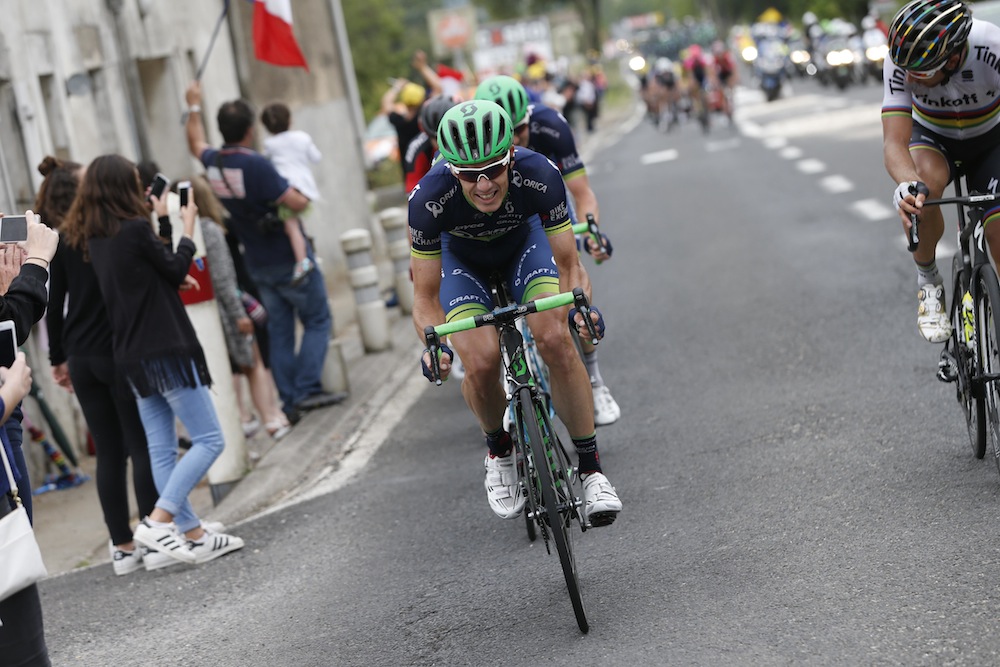
Orica-BikeExchange pulled off the best team orchestrated move to set-up Michael Matthews to win stage 10, and Daryl Impey played the most significant role.
Impey was one of three Orica-BikeExchange riders (along with Matthews and Luke Durbridge) to first get into the day’s break, and subsequently make it into the front group of six riders when the group fragmented.
>>> Michael Matthews’s first Tour win was three years in the making
From that position Impey played a blinder, first softening up the rest of the group and with attacks that forced them (mostly Peter Sagan) to chase him down, then, when it became clear that things were going to boil down to a sprint, still had the energy to give the perfect lead-out for Matthews.
Add to that the service he’s provided for white jersey leader Adam Yates and the way he climbed so impressively to finish second behind Steve Cummings on stage seven, and it’s clearly been a very impressive Tour for the South African domestique.
Fabio Santini
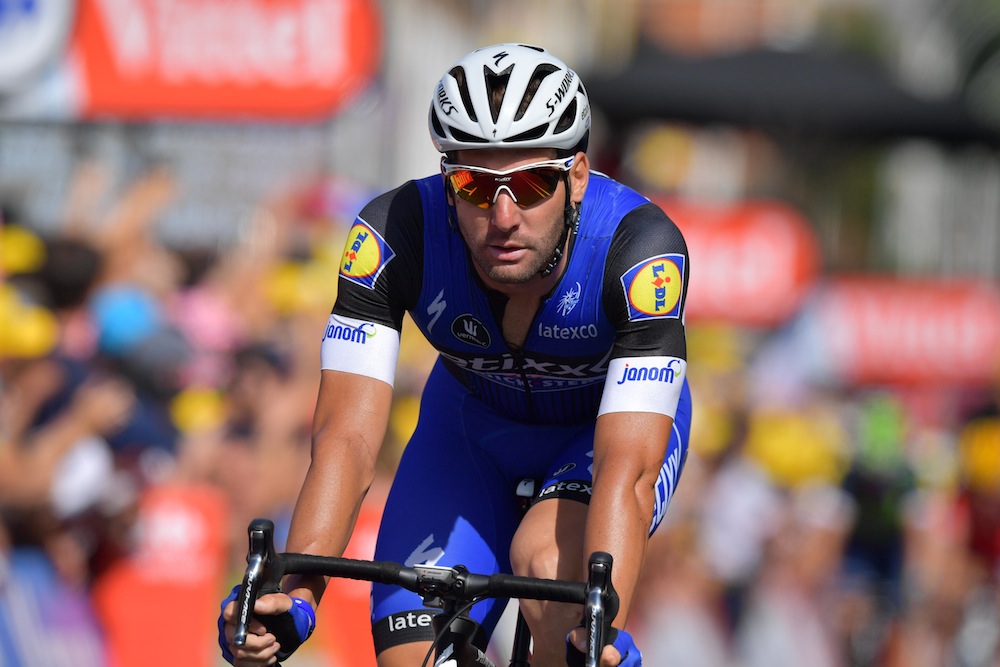
It’s been a Tour of disorganised bunch finishes, with no one team managing to regularly take control with a dependable lead-out each day.
Mark Cavendish may have dominated the sprints but in each of his four stage wins he has had to improvise and follow his rivals’ wheels rather than rely on his teammates to put him into the best position.
>>> ‘Class and experience set Mark Cavendish apart’
Perhaps the stand-out lead out man, however, has been Etixx-Quick Step’s Fabio Sabatini. It was he who helped pace Marcel Kittel to his sole win on stage four, and again provided impressive lead-outs on stages six and fourteen that the German couldn’t quite capitalise.
On both those latter occasions it was the superiority of Cavendish rather than any mistakes on behalf of Sabatini that prevented Kittel from winning. If the German was in slightly better form, we might have been celebrating Sabatini’s three race-winning lead-out ‘assists’.
Stephen Puddicombe is a freelance journalist for Cycling Weekly, who regularly contributes to our World Tour racing coverage with race reports, news stories, interviews and features. Outside of cycling, he also enjoys writing about film and TV - but you won't find much of that content embedded into his CW articles.